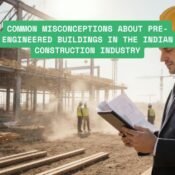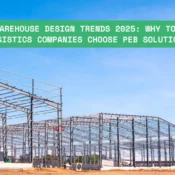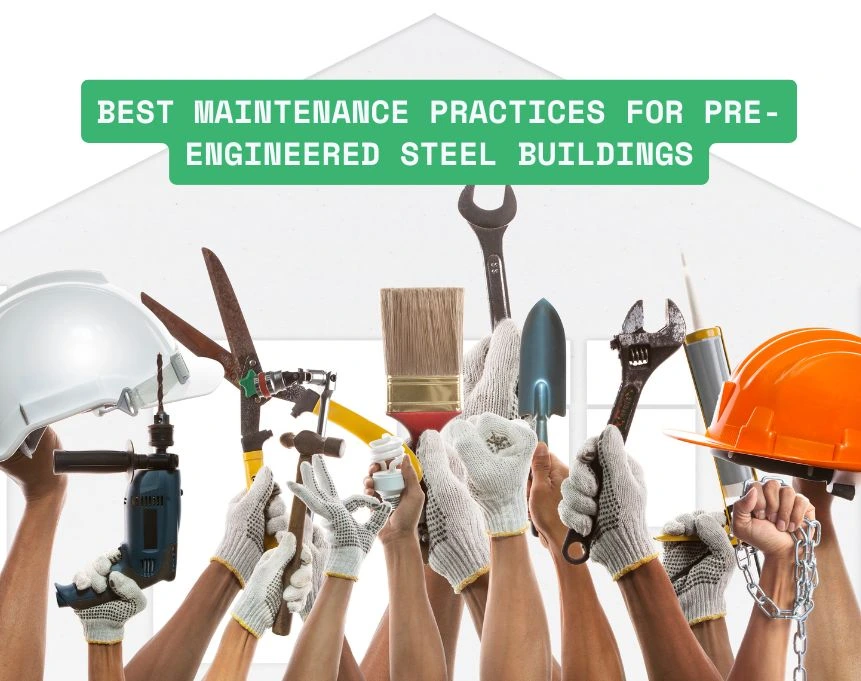
Best Maintenance Practices for Pre-Engineered Steel Buildings
Introduction
Pre-engineered steel buildings (PEBs) have revolutionized the way buildings are designed and constructed across India. With their fast installation, strength, cost-effectiveness, and flexibility, they have become a preferred choice for industrial, commercial, and institutional infrastructure. But here's the truth, no building, no matter how advanced, remains maintenance-free.
Just like any high-performance system, PEBs require regular attention to function efficiently over their lifespan. Ignoring small issues like corrosion, joint loosening, or drainage blockage can lead to significant structural problems or expensive repairs down the line.
That’s why following maintenance best practices is essential for preserving the integrity and appearance of your steel building. In this guide, we’ll walk you through a comprehensive strategy for PEB upkeep, including proactive inspections, steel care tips, and solutions to extend PEB longevity.

1. Why Maintenance Matters for Pre-Engineered Steel Structures
Although pre-engineered steel structures are designed for durability and strength, they are still exposed to environmental factors such as:
- Rain and moisture
- UV exposure
- Pollution
- Mechanical wear
- Temperature fluctuations
Over time, these can lead to rust, sealant degradation, structural movement, and water leakage. Proper PEB upkeep ensures:
- Structural safety and stability
- Enhanced appearance and brand image
- Maximum usable lifespan
- Lower lifetime maintenance costs
- Prevention of unexpected operational downtime
Think of it like a car, you may have invested in a high-quality vehicle, but it still needs oil changes and tire checks to keep running smoothly.
2. Common Challenges in Steel Building Maintenance
Before we explore the solutions, it’s important to understand the common issues that affect steel building maintenance:
A. Corrosion and Rusting
Steel is prone to rust if protective coatings are compromised. Humid or coastal environments accelerate this risk.
B. Water Ingress
Improper roof slope, clogged gutters, or damaged flashings can cause leaks and water damage.
C. Thermal Expansion
Temperature fluctuations can cause bolts to loosen and joints to shift if not checked regularly.
D. Fastener Fatigue
Loose fasteners can compromise structural strength and allow water or air infiltration.
E. Paint Fading or Peeling
UV exposure or chemical pollutants can break down coatings over time.
Addressing these concerns early on is key to improving PEB longevity.
3. Key Maintenance Best Practices for PEBs
Implementing the right maintenance best practices can greatly extend the life and performance of your pre-engineered structure. Here’s a proven approach:
A. Create a Scheduled Maintenance Plan
Have a clearly defined inspection and maintenance schedule—monthly, quarterly, and annually—based on building usage and environment.
B. Conduct Visual Inspections
Walk around the perimeter and roof to check for visible signs of damage, rust, or misalignment.
C. Clean Gutters and Drainage Systems
Blocked gutters lead to water pooling and eventual leaks. Clean them regularly, especially before monsoon season.
D. Check Roof Panels and Fasteners
Ensure that all panels are intact, fasteners are tight, and sealants are in good condition.
E. Lubricate Moving Parts
If your structure includes rolling shutters, sliding doors, or mechanical systems, lubricate all joints and bearings regularly.
F. Recoat or Repaint When Needed
Don't wait for paint to peel or corrosion to begin. Apply a fresh coat as part of routine structural care every few years.
4. Monthly and Annual Inspection Checklist
Here’s a basic checklist to simplify your PEB upkeep routine:
Monthly Tasks
- Inspect gutters, downspouts, and water outlets
- Check doors, locks, and hinges for wear
- Verify electrical and lighting systems
- Remove debris or vegetation near the foundation
Quarterly Tasks
- Inspect roof sheets and overlaps for water seepage
- Tighten loose bolts and screws
- Examine structural joints and connections
- Clean external panels using mild soap and water
Annual Tasks
- Full corrosion inspection of primary and secondary framing
- Repaint or coat vulnerable areas
- Conduct a structural alignment check
- Test load-bearing components, especially in high-wind or seismic zones
Keeping up with this schedule ensures sustained steel building maintenance without emergency repairs.
5. Steel Building Maintenance for Specific Components
Each part of a PEB requires targeted attention. Here’s how to maintain the most crucial elements:
A. Roof Panels
- Clean regularly to remove dirt and moss
- Reseal any gaps or rust spots
- Ensure proper drainage slope
B. Wall Panels
- Clean annually to maintain aesthetic appeal
- Look for dents or warping
- Apply touch-up paint as needed
C. Doors and Windows
- Lubricate hinges and tracks
- Replace worn-out weather seals
- Check the alignment of frames
D. Foundation
- Watch for signs of cracking or settlement
- Maintain clear space around the perimeter
- Ensure proper drainage to avoid standing water
6. Environmental Considerations in PEB Upkeep
Location plays a big role in how you manage PEB upkeep:
- Coastal areas: More frequent checks for rust and salt deposits
- Industrial zones: Check for corrosive gas or chemical exposure
- High-humidity areas: Monitor for condensation and internal moisture
- Dusty or arid regions: Clean panels more frequently to prevent buildup
Adapting your maintenance best practices to the local environment is critical to preventing early deterioration.
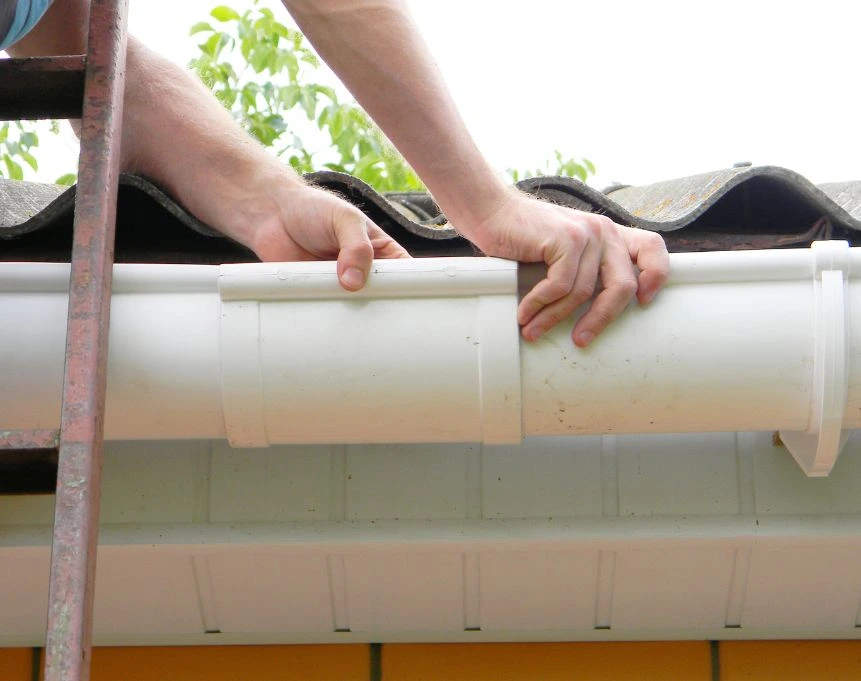
7. Enhancing PEB Longevity Through Proactive Care
Want to maximize your structure’s life? Combine reactive fixes with proactive prevention:
- Use high-quality protective coatings from the start
- Invest in good insulation to manage internal moisture
- Choose corrosion-resistant bolts and fasteners
- Implement a digital maintenance log to track tasks and issues
With the right mindset, your pre-engineered steel structure can last 30–50 years with minimal structural intervention.
8. Common Mistakes to Avoid
Even the most well-designed PEBs can fail if poorly maintained. Avoid these mistakes:
- Ignoring early signs of rust or leaks
- Using harsh chemicals for cleaning metal panels
- Walking directly on the roof without safety gear
- Delaying repainting or recoating beyond the recommended timeline
- Overlooking documentation of inspections and repairs
Remember: prevention is cheaper than repair. A little attention now saves major costs later.
At Metal Tree, we believe that smart maintenance equals lasting performance. Our pre-engineered steel structures are built for longevity, and with the right care, they’ll serve you well for decades.
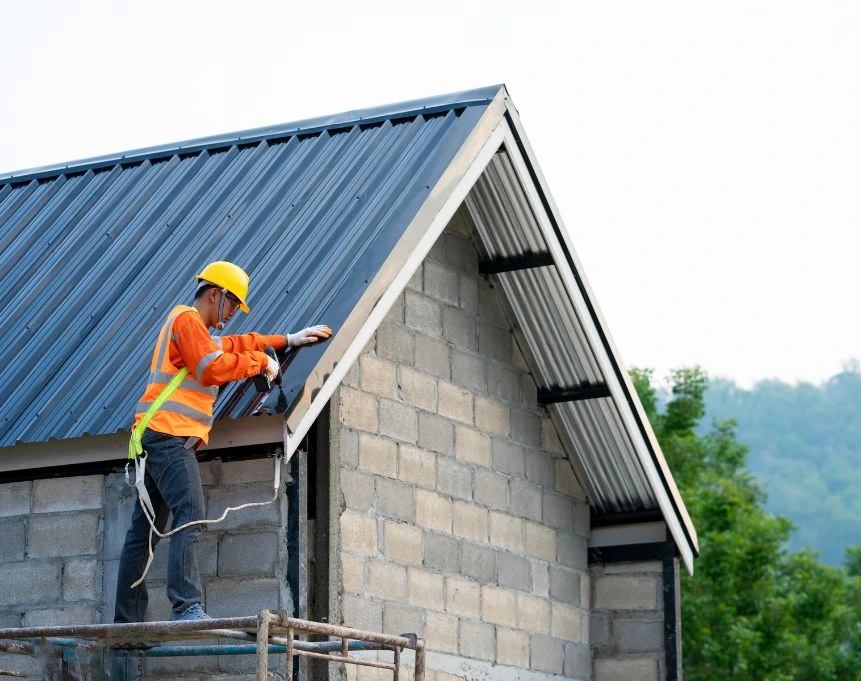
9. Conclusion
Pre-engineered steel structures offer speed, affordability, and reliability—but only if you give them the care they need. Following structured maintenance best practices is not just about avoiding problems—it's about preserving value, performance, and safety.
With proactive PEB upkeep, targeted structural inspections, and attention to environmental challenges, your investment can serve your business for decades with minimal interruption or risk.
Need expert guidance or scheduled maintenance support?
Partner with Metal Tree for comprehensive steel building care solutions tailored to your facility’s unique needs.
10. FAQs
1. How often should a pre-engineered steel structure be inspected?
A general rule is monthly visual checks and full structural inspections annually.
2. Can I repaint a PEB to improve lifespan?
Yes. Repainting with anti-corrosive coatings every 5–7 years enhances both protection and appearance.
3. What’s the best way to clean steel panels?
Use mild soap and water with a soft cloth or sponge. Avoid abrasive tools or acidic cleaners.
4. Are PEBs more difficult to maintain than RCC buildings?
Not at all. In fact, PEBs are often easier and more cost-effective to maintain due to factory-built consistency.
5. How long can a well-maintained PEB last?
With proper maintenance, a PEB can last over 40 years with minimal structural repairs.
Follow us on:
All Categories
Recent Posts
How Much Does a Pre-Engineered Building Cost in India? Ultimate Price Guide
Tags
Call Us at
+91 9311624628


